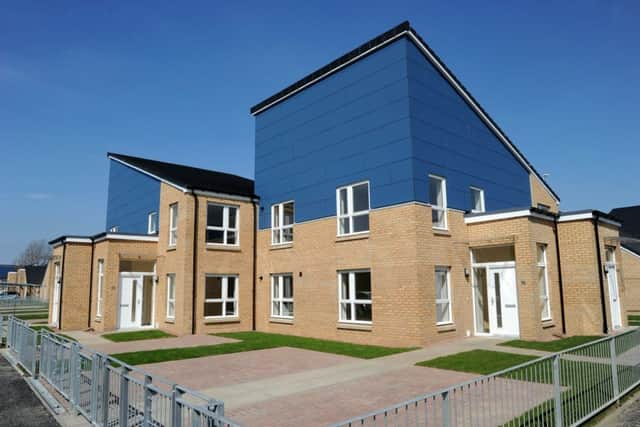Glasgow lays foundations for 15,000 new homes by 2022


A housing strategy signed off this week by the local authority will see the continuation of individual area regeneration programmes as well as a commitment to maintain and improve existing stock.
Vacant land will be identified for future development as planned transport upgrades take effect, with 15 sites released for social housing.
Advertisement
Hide AdAdvertisement
Hide AdScotland’s largest city has underwent a significant transformation since the turn of the century, with numerous private developments in the city centre and west end, and significant regeneration projects in outlying estates such as Easterhouse, Oatlands and Dalmarnock.


More than 30 per cent of tower blocks in Glasgow have been demolished in the last 10 years, with new developments focused on low rise accommodation.
It was also announced this week that plans to build 1600 homes at Robroyston could now proceed after the council agreed a £10m funding deal for a new railway station in the area.
Due to open in 2019, the station will be the 60th in the city. Edinburgh has just eight in comparison.


Council leader Frank McAveety said the housing strategy would deliver “affordable homes in sustainable communities”.
He added: “Our homes are undoubtedly one of the biggest contributors to our quality of life, and through this strategy, we aim to ensure that the people of Glasgow are able to find the best and most suitable housing they can.”
The most ambitious project in the city is a £250m plan to regenerate Sighthill, the estate recently profiled in a BBC documentary.
Signed off last year, it has been hailed as the biggest project of its kind outside of London.
Advertisement
Hide AdAdvertisement
Hide AdThe area previously struggled to attract new tenants despite being a short walk from Buchanan Street.
A mixture of high-quality private and affordable housing to rent, a new school campus, student accommodation and sports facilities will be built over the next four years.
“Sighthill has a great location, very close to the city centre and to Glasgow’s major road and rail networks,” said a spokesman for Glasgow City Council.
“However, despite this central location, the Forth and Clyde Canal, the railway infrastructure and the M8 serve as barriers to getting in and out of the city centre easily. The regeneration will reconnect Sighthill to the city centre and neighbouring communities.”
It was designated one of eight Transformational Regeneration Areas (TRAs) in the city, which the local authority, housing associations and Scottish Government identified as priorities for large-scale regeneration.
There are more than 297,000 households in Glasgow, according to council figures, of which 44 per cent are owner-occupied and 36 per cent are rented from housing associations. A further 20 per cent are rented privately.
Glasgow’s population rose to over 606,000 in 2015 and is expected to continue climbing, albeit at a slower pace than other major UK cities.
Around the time of the Second World War there were 1.1 million living in the city. That had fallen to 578,000, a record low in the modern era, by 2001.
